I was planning on being an artist. I took art classes during my last two years of high school, got my bachelor’s degree in art in 1975, and in the years that followed, continued drawing, and sculpted a couple of clay busts. Portraiture was the direction I was headed, but I got sidetracked by backpacking and bicycle touring. I eventually grew tired of lugging a heavy backpack and while on a bike tour from Seattle to Los Angeles and back, I got hit by a car in Salt Lake City and then repeatedly run off the road on California’s Pacific Coast Highway. That left boating—I wouldn’t have to carry anything, and the “roads” would be a lot wider. I read books on boatbuilding by John Gardner and Pete Culler and decided to build a Chamberlain-designed 14′ Marblehead dory skiff to cruise north along the Inside Passage. According to a note I made in a journal I was keeping at the time, I started construction on July 12, 1978.
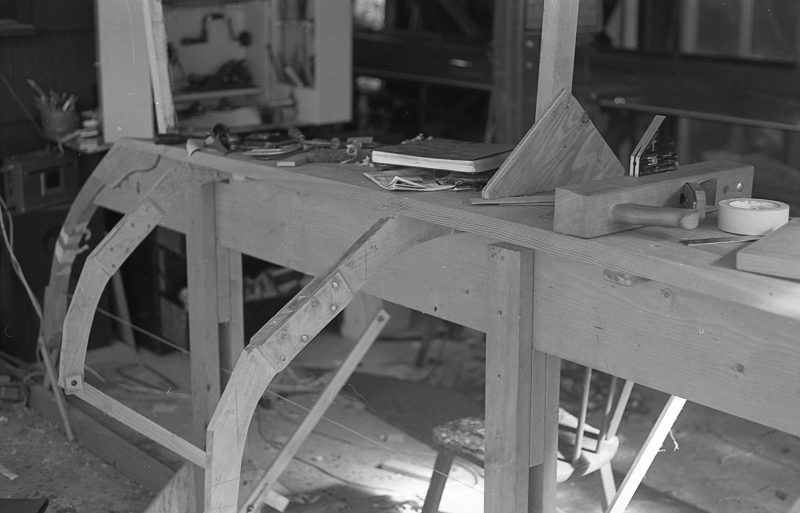
While the kayak was the first real boat I built and launched, it was just a warm-up to this Marblehead dory skiff. The book resting on the upturned bottom of the boat is a blank book I started in 1973, while an art student on exchange to Smith, an all-women’s college in Massachusetts, and stopped making entries in 1980. In that time my focus had shifted from art to boatbuilding.
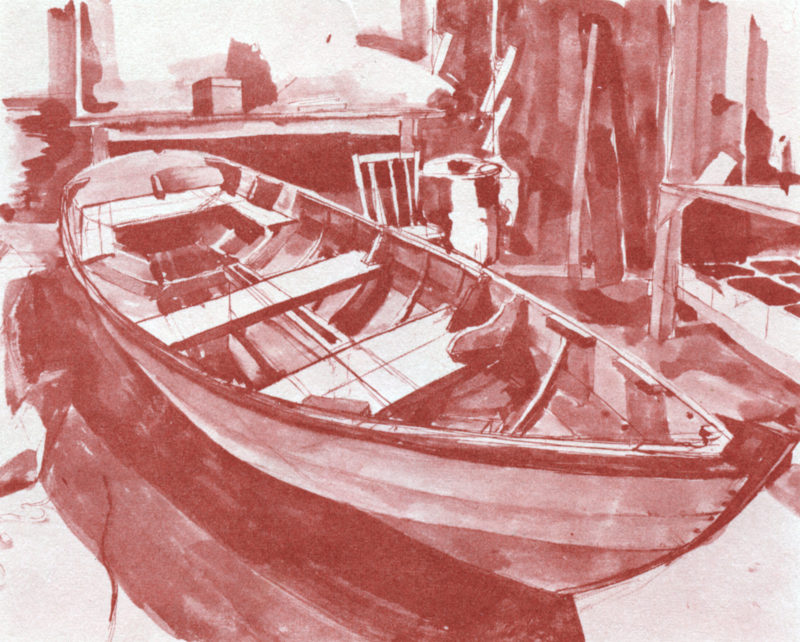
While I was building the dory skiff, I made this watercolor. It marks a moment in my transition from art to boats.
I knew that it would take me a while to build a traditional plank-on-frame boat; a skin-on-frame kayak would get afloat faster and give me experience on the water while I was building the skiff. I studied Chapelle’s chapter on Arctic kayaks in Bark Canoes and Skin Boats of North America, cursorily, and drew a kayak of my own design that was a mishmash of elements I’d picked out of the book. I’d watched my father build a fuselage-frame rowing wherry and designed my kayak for that method, using plywood frames and stems with longitudinals screwed and glued to them. I tacked a canvas skin to the frame and waterproofed it with tan Gacoflex, a liquid neoprene coating.
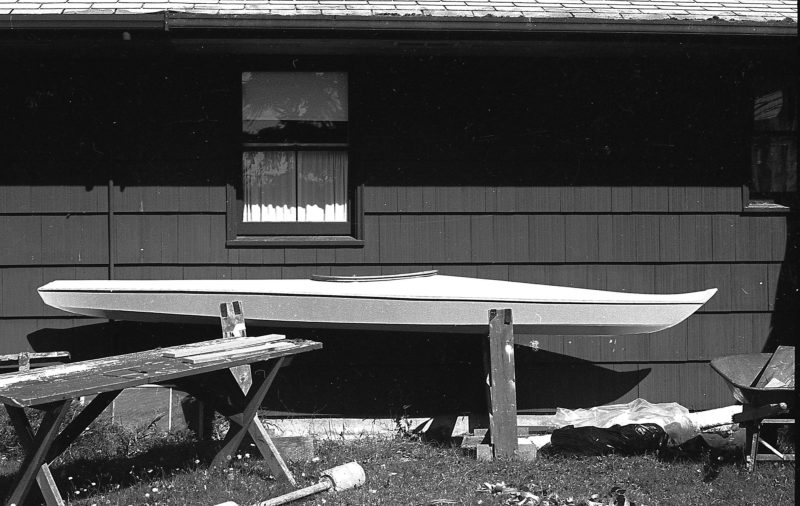
I finished the kayak in July of 1978. Sitting in the back of my boyhood home, it is surrounded by things that my father made: the racing-shell slings holding the kayak, the picnic table, and, resting on the lawn, a barbell that was a dowel set in cement in concrete drainpipe. I grew up believing that there was never a reason to buy the things we could make.
I launched the kayak on July 20, 1978. It wasn’t anything special, neither fast nor stable, but it got me on the water. I launched the dory skiff on a rainy afternoon on February 24, 1979. I christened it GAMINE after a winsome character played by Paulette Goddard in Charlie Chaplin’s 1936 film, Modern Times. The following year, in the summer of 1980, I fulfilled my dream of cruising the Inside Passage.
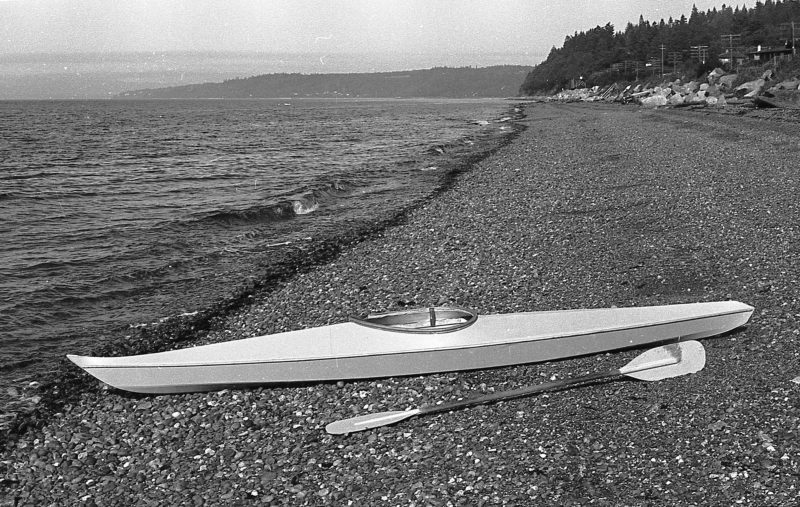
Skinny Beach, a 1-1/2-mile-long strip of gravel and sand between the railroad tracks and Puget Sound, was within walking distance from home and where I launched the kayak on July 20, 1978. The paddle was one my father made for whitewater kayakers at the school where he taught. It had fiberglassed 1/4” plywood blades set at right angles to each other. This beach supplied driftwood, mostly red and yellow cedar, for many future boatbuilding projects.
My kayak lasted a few years before the skin succumbed to mildew. By that time, I had learned a lot more about boats and could appreciate all the knowledge and skill that went into the design and construction of traditional craft. I tore the rotting skin off my kayak and took a chainsaw to the frame—an acknowledgement perhaps, of my lack of understanding of the wisdom carried by old boats. I turned my attention to building reproductions of Arctic kayaks and plank-on-frame working boats to see what they could teach me.
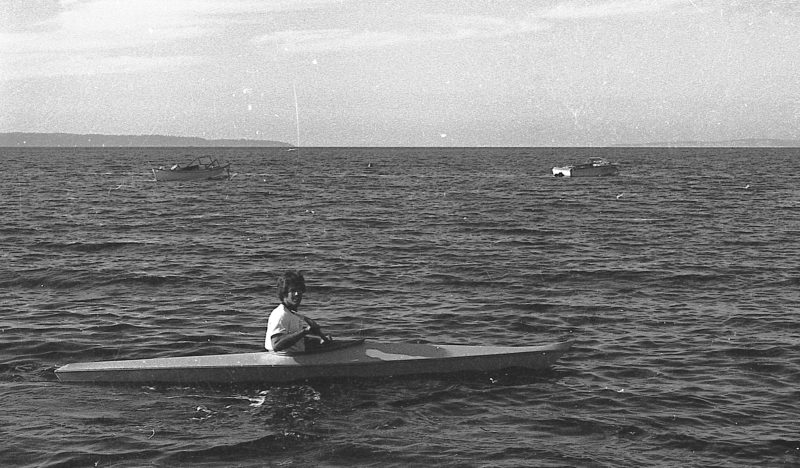
Getting the kayak afloat was the first step in preparing for cruising the Inside Passage with the dory skiff I was building. The Calkins-designed Bartender at left belonged to the family whose yard I crossed to get to the beach. The other boat belonged to a neighbor and was the waterskiing boat for the group of us who spent summers at Skinny Beach.
That blank book in which I recorded the dates of my beginnings as a boatbuilder starts with an entry dated November 1973. It has several sketches for silk-screen projects I was exploring for a serigraphy class I took during my junior year of college. A few pages in, I had sketched my left hand. Beyond that were drawings developing a system for perspective on the spherical surface of the Earth. A rough portrait of my mother is on the page preceding the spread with my first notes about my kayak and dory skiff. All of the drawings beyond that, without exception, have something to do with boats.
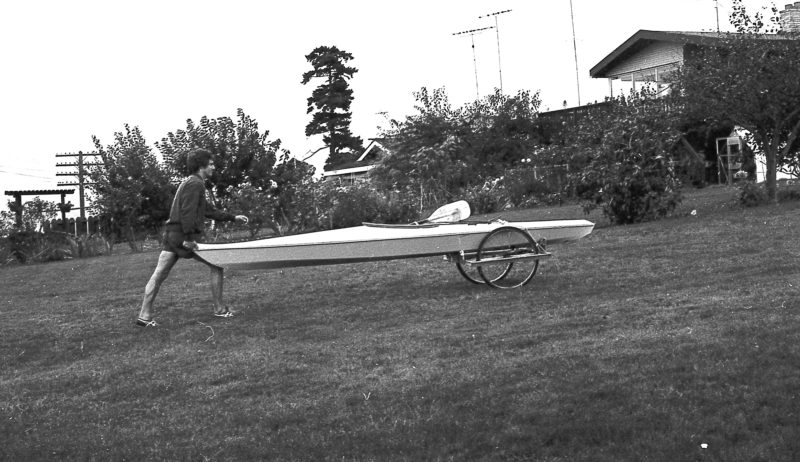
To get the kayak to and from the beach, I made a cart of bicycle wheels and a frame of scrap aluminum. It was just a ½-mile walk through the neighborhood. The phone pole and wires at left mark the border between the shoreside homes and Puget Sound.
The last entry in the book, dated March 31, 1980, contains this note: “The gunning dory [a boat I built for my father] is coming along well. Sanding, oiling, sewing, and rigging are all that remain.” The lure of building boats had hijacked my career as an artist. Today, here at my home, I have 17 boats that I’ve built. I may be reaching the point that I have enough of them and can devote some time to drawing.![]()

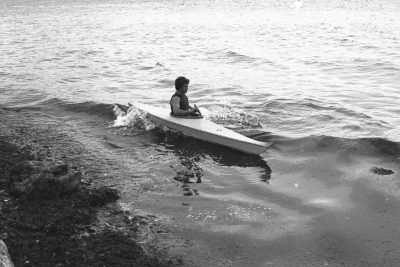
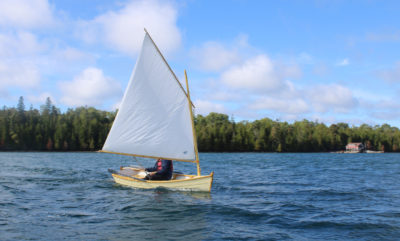
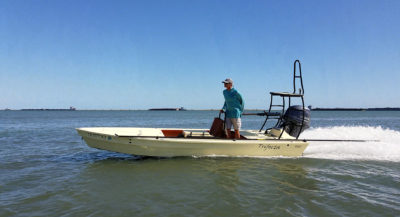
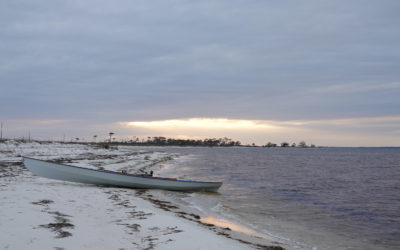
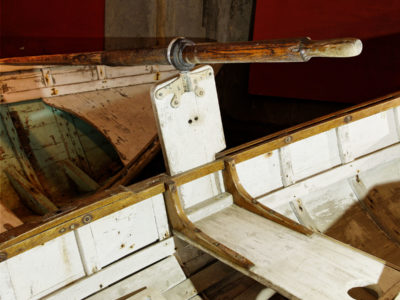
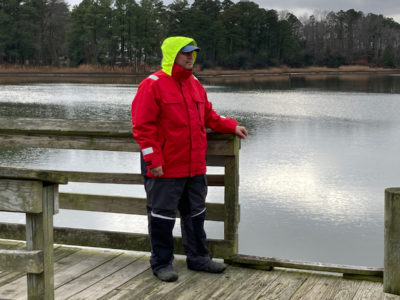
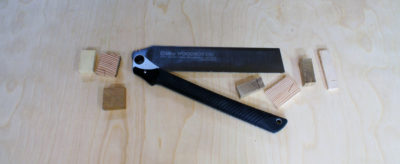

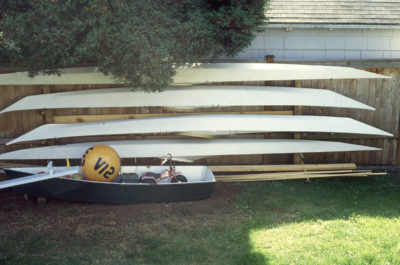
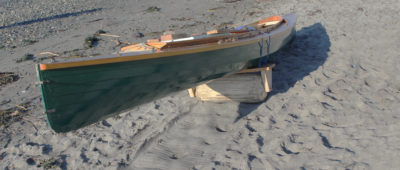
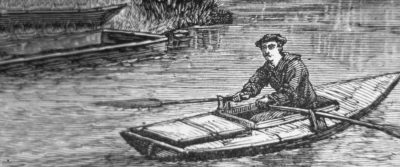

Great memories, Chris. How many boats do you reckon you’ve built since then?
I came up with a list of about 35 boats that I can remember.
Can you publish your list? It’d be great to see. Thanks
There are a few boats that I’d missed in my first count. There are 39 here, in no particular order:
Self-designed SOF kayak
SOF Greenland kayak
Chamberlain dory skiff GAMINE
Hooper Bay kayak
Gunning dory SECOND WIND
Swampscott dory
New York Whitehall
Livery Whitehall
6 rowing skiffs for a summer camp
Kodiak 2-hole kayak
Sneakbox cold-molded LUNA
Gokstad faering ROWENA
Lapstrake decked canoe
Caledonia yawl ALISON
Garvey camp cruiser self-designed HESPERIA
Folding coracle FAERIE
Traditional coracle
2 children’s SOF Greenland kayaks
Alaska retrieval kayak
3 Plywood Greenland kayaks
King Island kayak
Folding rolling Greenland kayak
Baidarka SOF
Greenland kayak for art installation
2 Greenland kayaks for my book
Annapolis Wherry from kit
2 Greenland kayaks on commission
Flat-bottomed rowing skiff
Escargot canal boat (built with son and his friend) BONZO
There were two boats that I made in the early ’70s that preceded my start as a boatbuilder in 1978: an umiak-like boat I made of alder saplings and covered with clear plastic sheeting, and a cattail reed boat—more like a surfboard, actually—that was inspired by Thor Heyerdahl’s RA.
I grew up with a similar motto, “never pay for anything you can do yourself.” The greatest satisfaction is sitting back and reflecting on the day’s progress, whether it be fixing an appliance or building a house. I can’t claim to have built 35 boats, perhaps about half that many, but I still call myself a “serial boatbuilder.” Your article brought back memories of building my first kayak. I would have been about 16 (well over 50 years ago). I built it out of plywood, launched it on January 1st on Vancouver’s English Bay, and it leaked like a sieve! When I got back to the beach, my legs were too numb to walk. Fortunately, my skill has improved a bit since then. Not to mention I discovered epoxy!
Seems that boat building just changed your focus in mediums, but not your career as an artist 🙂